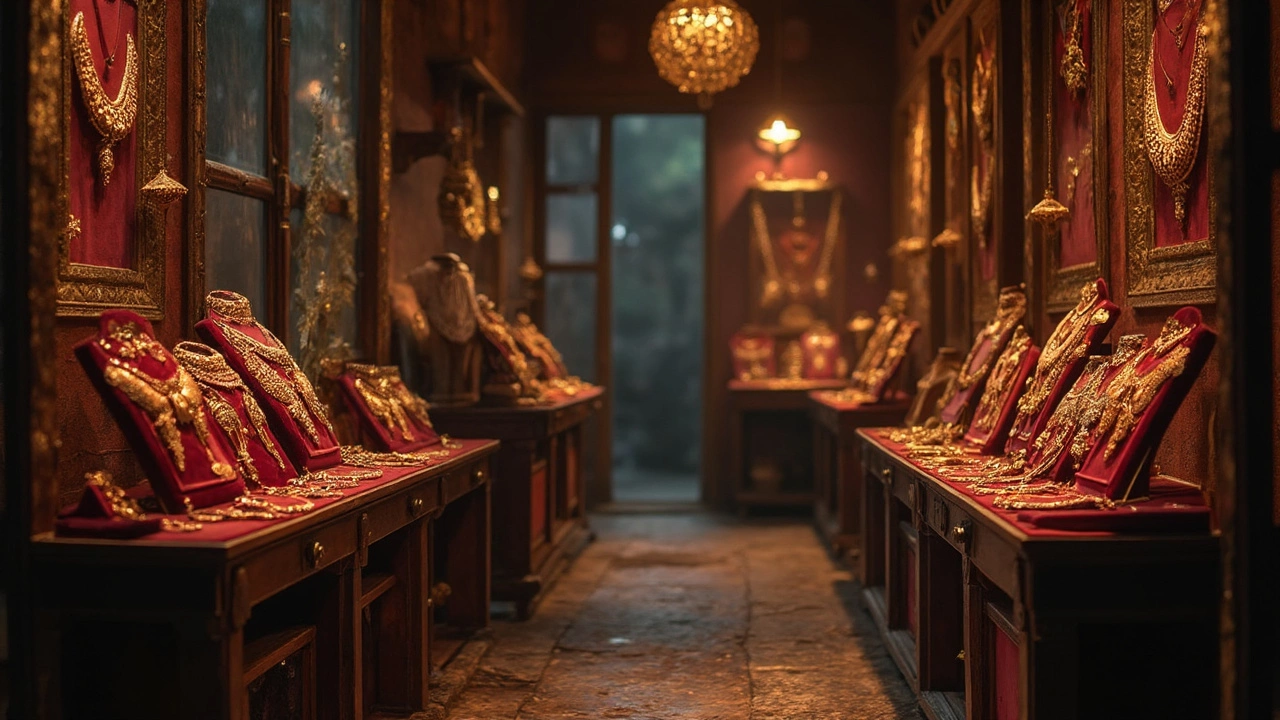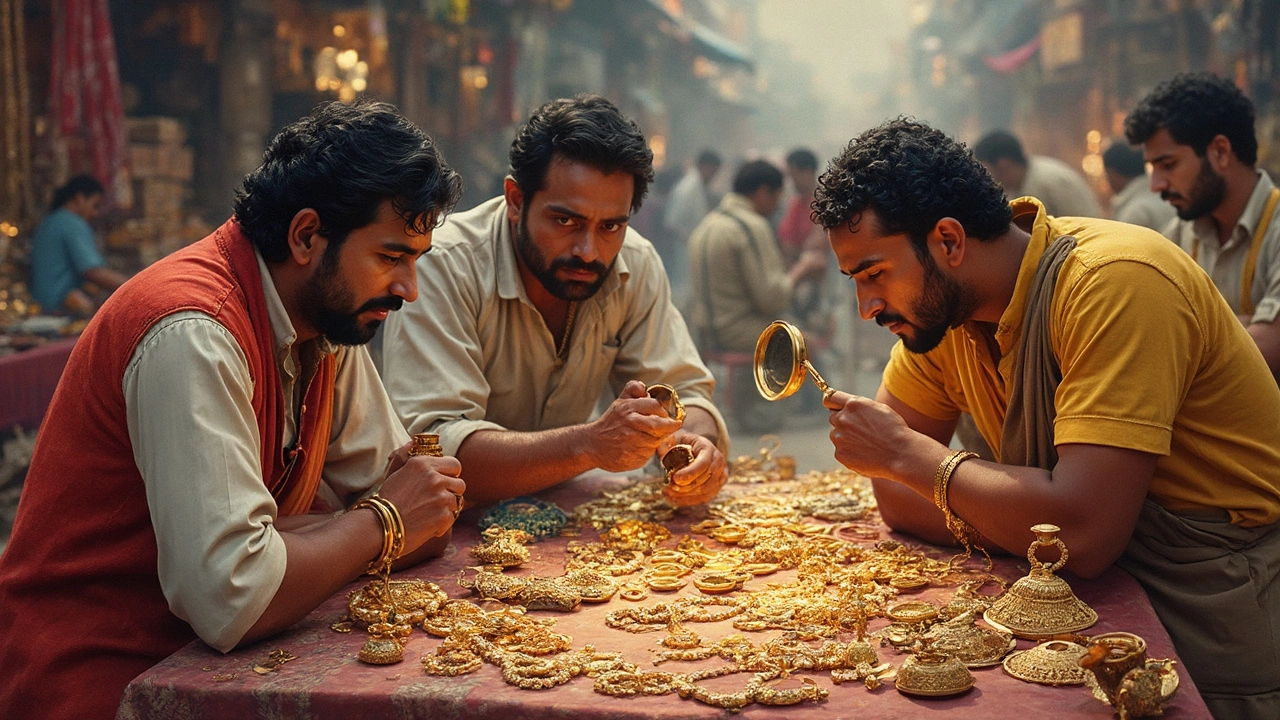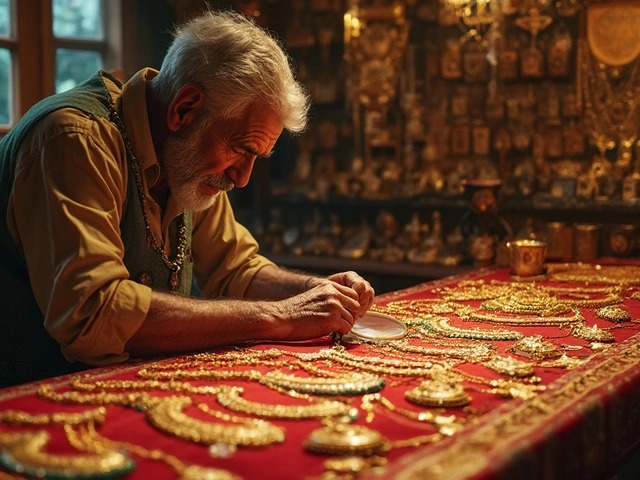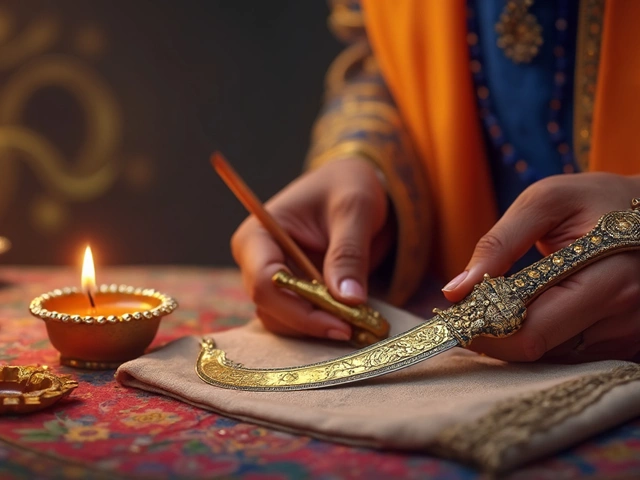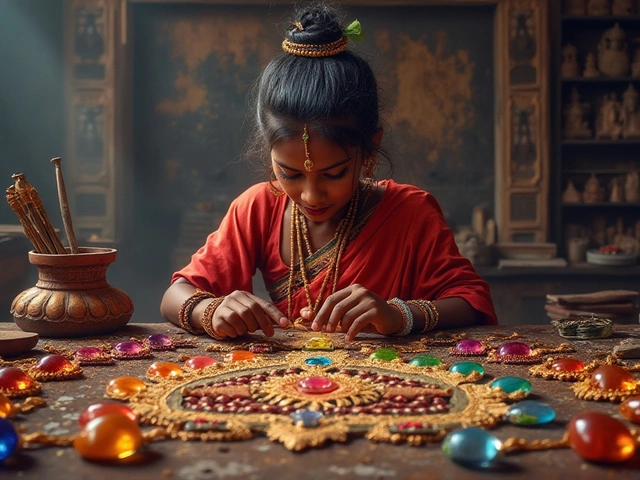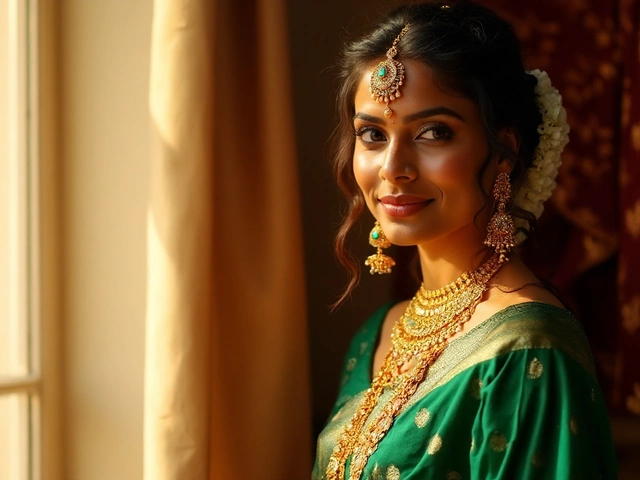Jewelry History: A Quick Look at How Indian Pieces Evolved
When you think about Indian jewellery, you probably picture shining gold, bright gems, and intricate designs. Those looks didn’t just appear overnight. They’re the result of centuries of culture, trade, and creativity. Knowing a few key moments helps you appreciate each piece more and make smarter buying choices.
Early Beginnings and Ancient Influences
Archaeologists have found gold beads and bronze ornaments dating back to the Indus Valley Civilization, around 2500 BC. Back then, jewellery was a sign of status and a way to protect the wearer, often linked to religious beliefs. The ancient Vedic texts even mention gold as a living entity, showing how deep the connection was.
As empires rose, new techniques spread. The Mauryan and Gupta periods introduced fine filigree work and enamel, while Persian and Greek traders brought different gemstones and setting styles. This mix of influences created a unique Indian flavour that still shows up in modern designs.
Regional Hubs and the Rise of Craftsmanship
Fast forward to the medieval era, certain cities became jewellery powerhouses. Jaipur earned the nickname "Gold City" for its skilled artisans and abundant gold. Surat turned into a diamond hub, supplying gems worldwide. Each region developed its own signature—like Kundan work from Jaipur or meenakari enamel from Hyderabad—making it easy to spot where a piece originated.
These city specialties matter when you shop. A Jaipur Kundan set often means hand‑set stones and a rich heritage, while a Surat diamond piece can indicate high clarity and a reliable supply chain. Knowing the city helps you gauge quality and authenticity.
Antique versus vintage is another gray area. Generally, jewellery older than 100 years is called antique, while pieces between 20 and 100 years fall into the vintage category. Antiques usually have hallmarks, maker’s marks, or distinct patina that tells their story. Spotting these signs can protect you from fakes and boost resale value.
Modern designers keep the old techniques alive but add contemporary twists. Think of a classic gold mangalsutra with a sleek, minimalist pendant, or a traditional temple necklace featuring modern gem settings. This blend lets you wear heritage while staying on trend.
When you buy, look for hallmark stamps, assess the weight, and ask about the piece’s origin. A quick magnet test can reveal if a item is solid gold or merely plated. Knowing the basics saves you from costly mistakes.
In short, Indian jewellery history is a story of art, trade, and culture woven together. Whether you’re eyeing an antique piece, a city‑specific design, or a modern reinterpretation, a little history lets you shop with confidence and enjoy the beauty behind every sparkle.
When Does Jewelry Become Antique?
Antique jewelry fascinates enthusiasts and collectors alike with its century-old stories and timeless designs. But when does a piece truly classify as 'antique'? Generally, jewelry must be at least 100 years old to earn this title. Distinguishing between antique, vintage, and newer pieces requires understanding the nuances of historical styles and materials. This article guides you through recognizing antique jewelry and appreciating its unique charm.
Uncovering the Age of Your Antique Jewelry
Wondering how old your jewelry really is? This article explores the fascinating world of antique jewelry design, offering practical tips to help you determine the age of your treasured pieces. From examining hallmarks to understanding historical design trends, these insights will guide you in unearthing your jewelry's history. Whether you're a collector or just curious about a family heirloom, these tips will be a valuable resource.
